Cop26: what the US-China climate deal means for global emissions
Experts welcome unexpected agreement to boost cooperation in tackling global warming
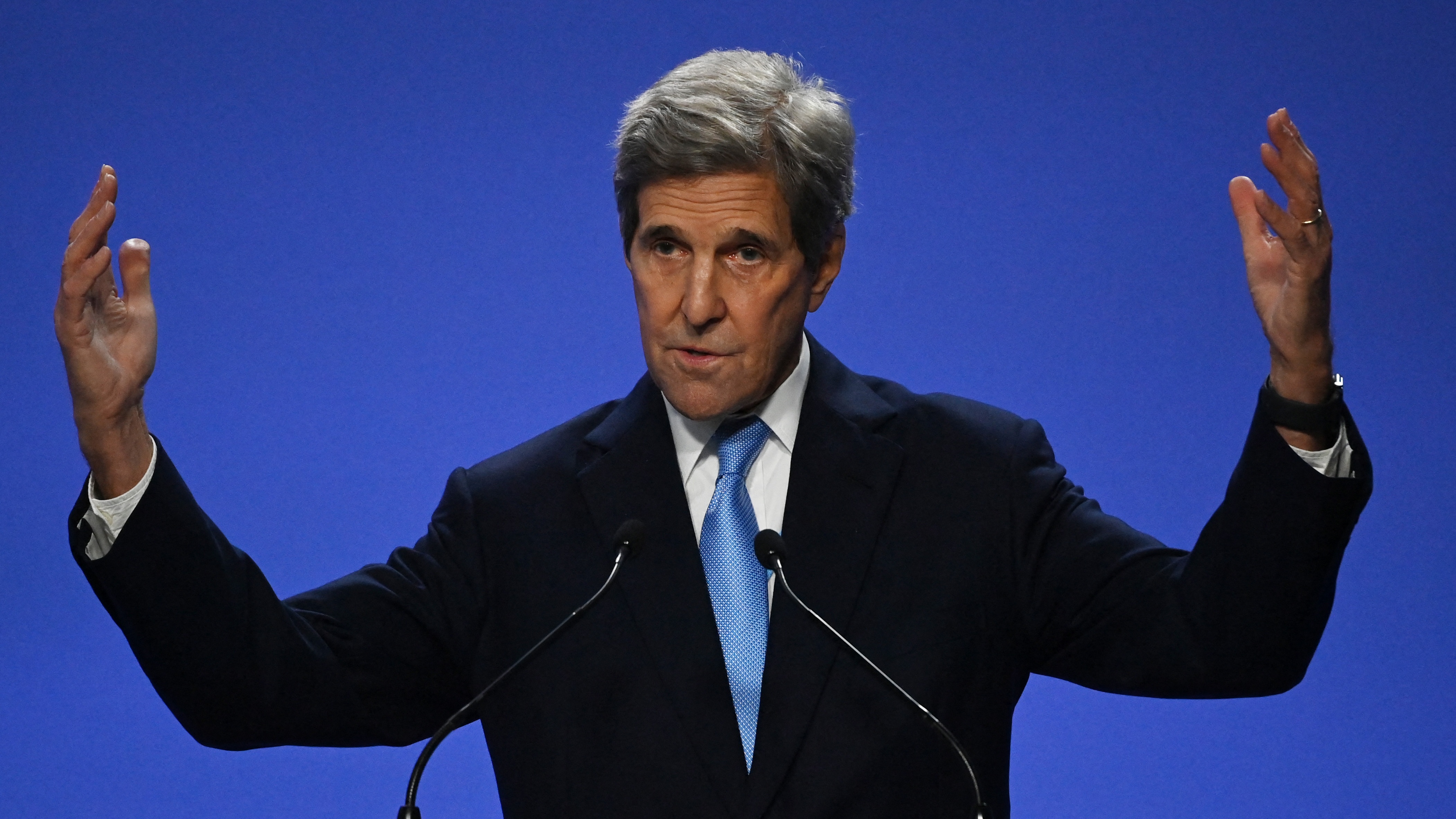
A deal between the US and China to work together to achieve the aims of the 2015 Paris Climate Agreement has been met with cautious optimism by leaders and climate experts.
The last-minute “pact between the world’s two biggest polluters” to “enhance ambition” on climate change came as a surprise to the thousands of attendees” at Cop26, said The New York Times (NYT).
The rival nations “face growing tensions over trade, human rights and other issues”, but “spoke as allies in the fight to keep global warming to relatively safe levels”, the paper continued. Both pledged to “cut emissions this decade” and Beijing committed “for the first time to reduce methane, a potent greenhouse gas”.
The Week
Escape your echo chamber. Get the facts behind the news, plus analysis from multiple perspectives.

Sign up for The Week's Free Newsletters
From our morning news briefing to a weekly Good News Newsletter, get the best of The Week delivered directly to your inbox.
From our morning news briefing to a weekly Good News Newsletter, get the best of The Week delivered directly to your inbox.
‘Every step matters’
In a joint declaration, the US and China said they would “recall their firm commitment to work together” to close the “significant gap” that remains to achieve the target of keeping global temperature rises to no more than 1.5C above pre-industrial levels.
Beijing’s most senior climate negotiator, Xie Zhenhua, told a press conference yesterday at the climate summit in Glasgow that “there is more agreement between China and US than divergence” on the global warming crisis.
John Kerry, the US climate envoy, said that the US and China “have no shortage of differences, but on climate, cooperation is the only way to get this job done”.
A free daily email with the biggest news stories of the day – and the best features from TheWeek.com
“Every step matters right now and we have a long journey ahead of us,” he added.
The text of the draft deal between the two superpowers calls for “concrete and pragmatic” measures to reduce global emissions, including action to boost decarbonisation and reduce methane emissions and deforestation.
The US and China will also reconvene a working group that will “meet regularly to address the climate crisis and advance the multilateral process, focusing on enhancing concrete actions in this decade”, the agreement said.
Describing the threat of climate change as “existential”, Xie said that “as two major powers in the world”, China and the US must “take our due responsibility and work together and work with others in the spirit of cooperation to address climate change”.
But while the pact has been welcomed by campaigners, the deal included “little detailed policy”, said The Telegraph. According to the newspaper, “the move was seen partly as a bid for the two big powers to claim a major role during the last days of the summit, during which action from both has been lacking”.
‘Politically showy’
UN Secretary General Antonio Guterres said that an agreement between China and the US “was an important step in the right direction”.
Other world leaders and climate experts also “broadly welcomed the agreement”, said The Guardian. EU climate policy chief Frans Timmermans said it was “really encouraging” to see China and the US working together on climate issues.
“It shows also that the US and China know this subject transcends other issues,” he told Reuters. “And it certainly helps us here at Cop to come to an agreement.”
Genevieve Maricle, director of US climate policy action at WWF, said that the two nations “have the power to unlock vast financial flows from the public and private sectors that can speed the transition to a low carbon economy”.
Nick Mabey, chief executive at independent European think-tank E3G, told the Financial Times that the “politically showy” deal “puts the US and China on the hook” for the outcome of Cop26.
“It is a high-showmanship decision, to go for a joint press conference, in the penultimate days of negotiation,” he added.
Bernice Lee, an expert on the politics of climate change at the London-based think-tank Chatham House, suggested that the pact will “dissolve any fears that US-China tensions will stand in the way of success” at the international climate conference.
But “the statement is not enough to close the deal”, she told Sky News. “The real test of Washington and Beijing is how hard they push for a 1.5C aligned deal here in Glasgow.”
Greenpeace International Executive Director Jennifer Morgan “welcomed the declaration”, said the BBC, but also “warned that both countries needed to show greater commitment to reaching climate goals”.
“Ultimately, their statement falls short of the call by the climate vulnerable countries demanding that nations come back to the table every year with greater ambition until the 1.5C gap is closed,” she said.
Fine print
According to BBC environment correspondent Matt McGrath, “the most important clue as to the significance of this statement is in the last bit of the title – a joint declaration on enhancing climate action in the 2020s”.
“The steps taken to limit carbon emissions in the next nine years are absolutely critical” if the world is to “keep the 1.5C temperature threshold in sight”, McGrath wrote. So “the joint steps agreed – on methane, forests and technology transfer – are important symbolically and also potentially in emissions terms”.
The draft “language on coal and government fossil fuel subsidies would be a first for a US climate agreement if it stays in the final version”, the NYT said. However, “environmentalists said the rest of the document was still too vague on crucial details”.
These missing details include “what sorts of financial aid richer nations should provide poorer ones struggling with the costs of climate disasters and adaptation”, the paper continued – and have fuelled scepticism about whether the deal really will “speed up emission cuts”.
Nonetheless, leaders and diplomats at Cop26 “said they hoped it would inject fresh energy into the global negotiations aimed at keeping global temperatures from rising to dangerous levels”.
The draft text will “go through several revisions before a final document is released over the weekend”, reported The Telegraph. But in the meantime, the agreement could “unlock difficult negotiations toward a successful conclusion to the conference”, which ends on Friday.
While “this is not a game changer”, the pact is “just as much of a step forward” as the 2014 US-China climate deal that helped bring about the Paris agreement the following year, according to Thom Woodroofe, a senior advisor at the Asia Society Policy Institute.
“It means the intense level of US-China dialogue on climate can now begin to translate into cooperation,” he told The Guardian.
-
 ‘If regulators nix the rail merger, supply chain inefficiency will persist’
‘If regulators nix the rail merger, supply chain inefficiency will persist’Instant Opinion Opinion, comment and editorials of the day
-
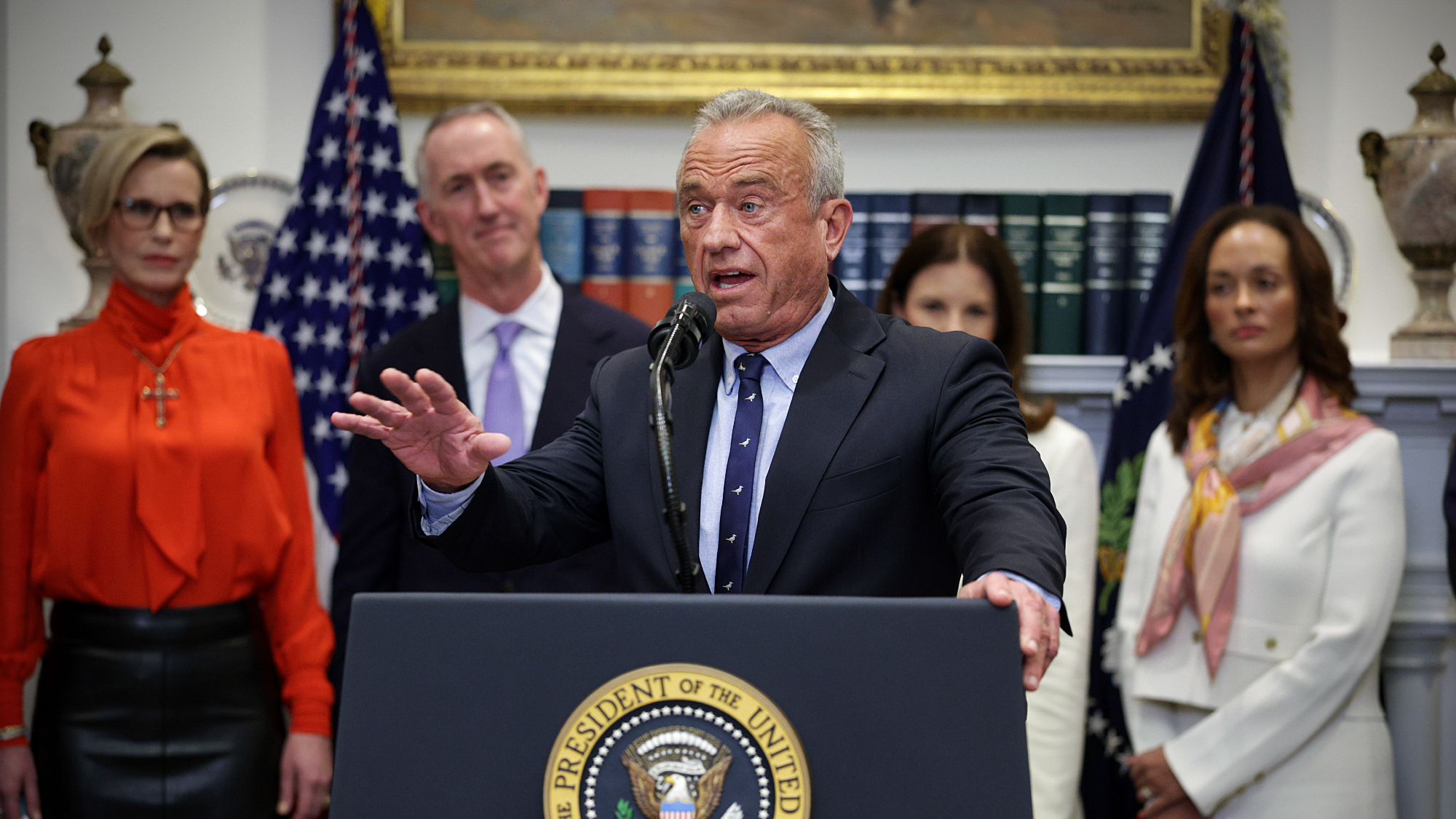 Trump HHS slashes advised child vaccinations
Trump HHS slashes advised child vaccinationsSpeed Read In a widely condemned move, the CDC will now recommend that children get vaccinated against 11 communicable diseases, not 17
-
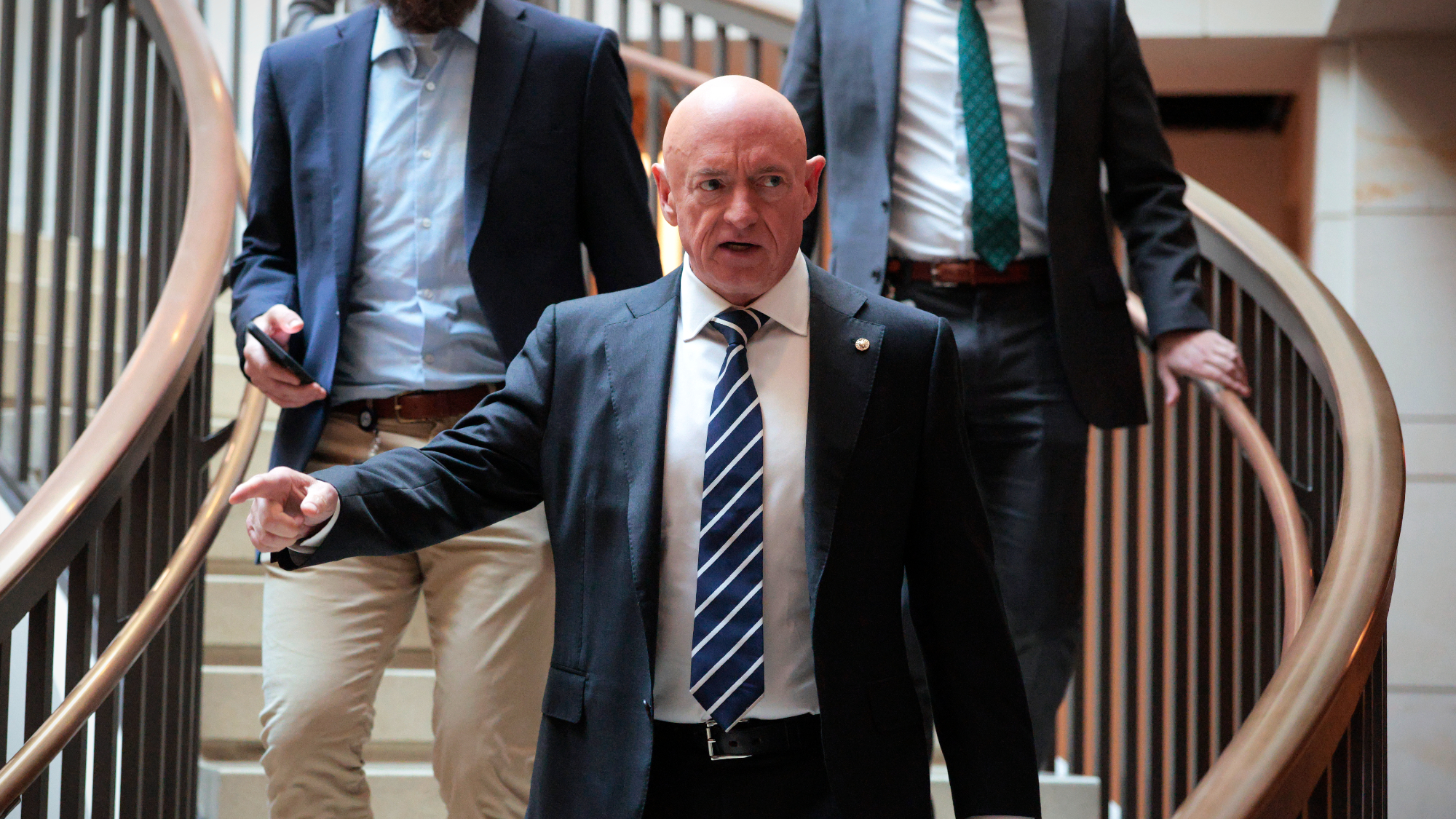 Hegseth moves to demote Sen. Kelly over video
Hegseth moves to demote Sen. Kelly over videospeed read Retired Navy fighter pilot Mark Kelly appeared in a video reminding military service members that they can ‘refuse illegal orders’
-
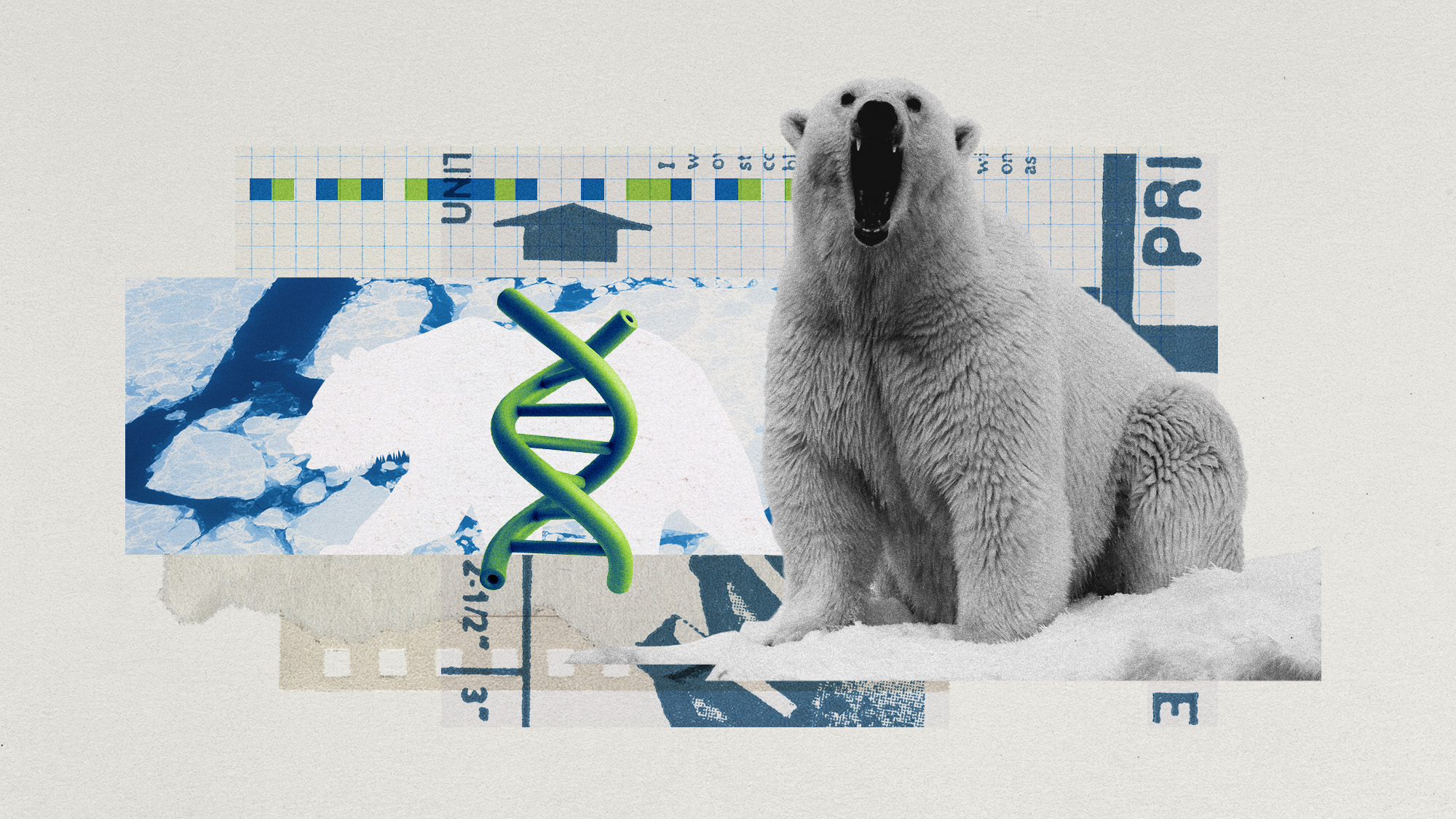 ‘Jumping genes’: how polar bears are rewiring their DNA to survive the warming Arctic
‘Jumping genes’: how polar bears are rewiring their DNA to survive the warming ArcticUnder the radar The species is adapting to warmer temperatures
-
 Environment breakthroughs of 2025
Environment breakthroughs of 2025In Depth Progress was made this year on carbon dioxide tracking, food waste upcycling, sodium batteries, microplastic monitoring and green concrete
-
 Crest falling: Mount Rainier and 4 other mountains are losing height
Crest falling: Mount Rainier and 4 other mountains are losing heightUnder the radar Its peak elevation is approximately 20 feet lower than it once was
-
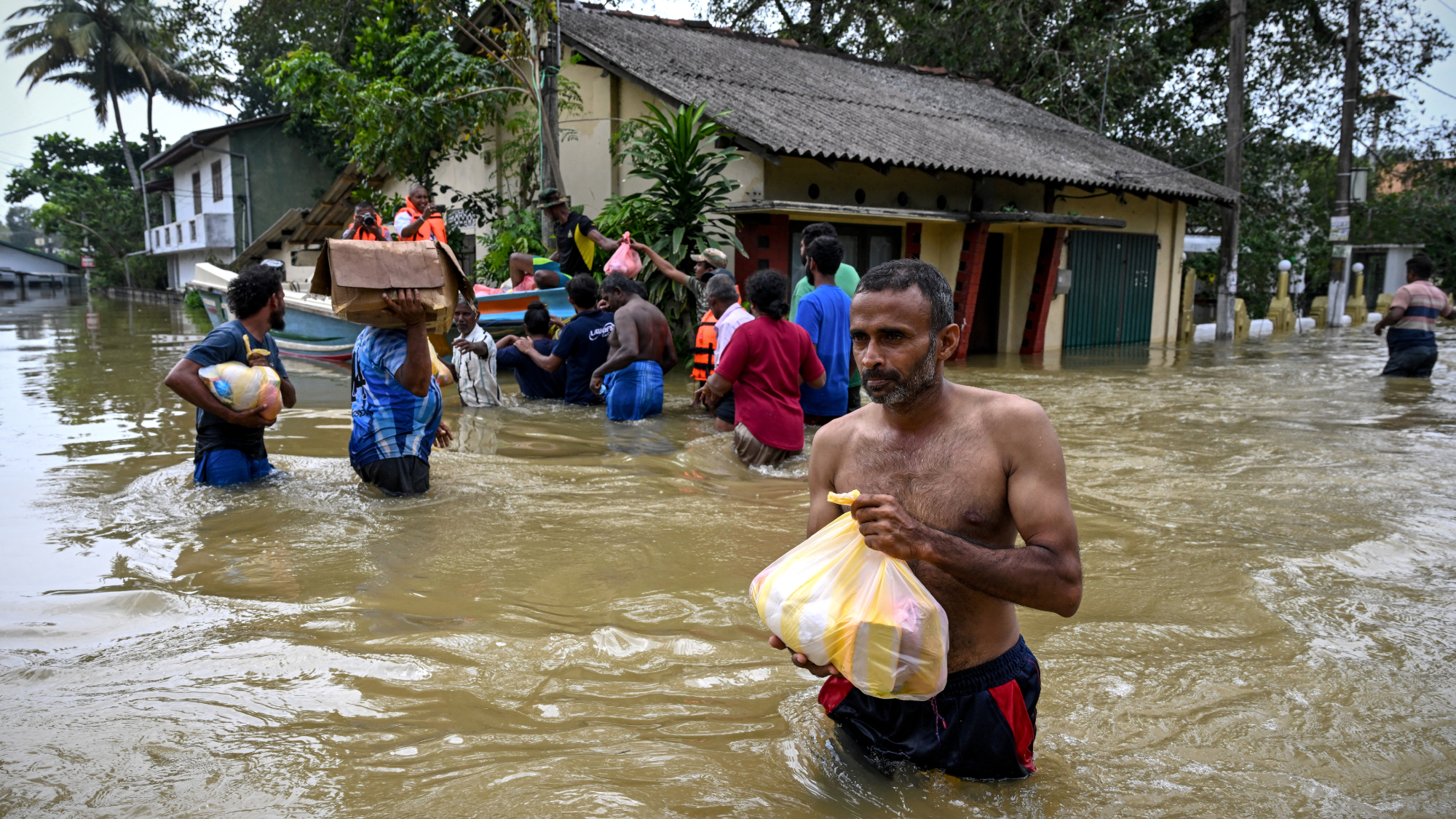 Death toll from Southeast Asia storms tops 1,000
Death toll from Southeast Asia storms tops 1,000speed read Catastrophic floods and landslides have struck Sri Lanka, Indonesia, Thailand and Malaysia
-
 Can for-profit geoengineering put a pause on climate change?
Can for-profit geoengineering put a pause on climate change?In the Spotlight Stardust Solutions wants to dim the sun. Scientists are worried.
-
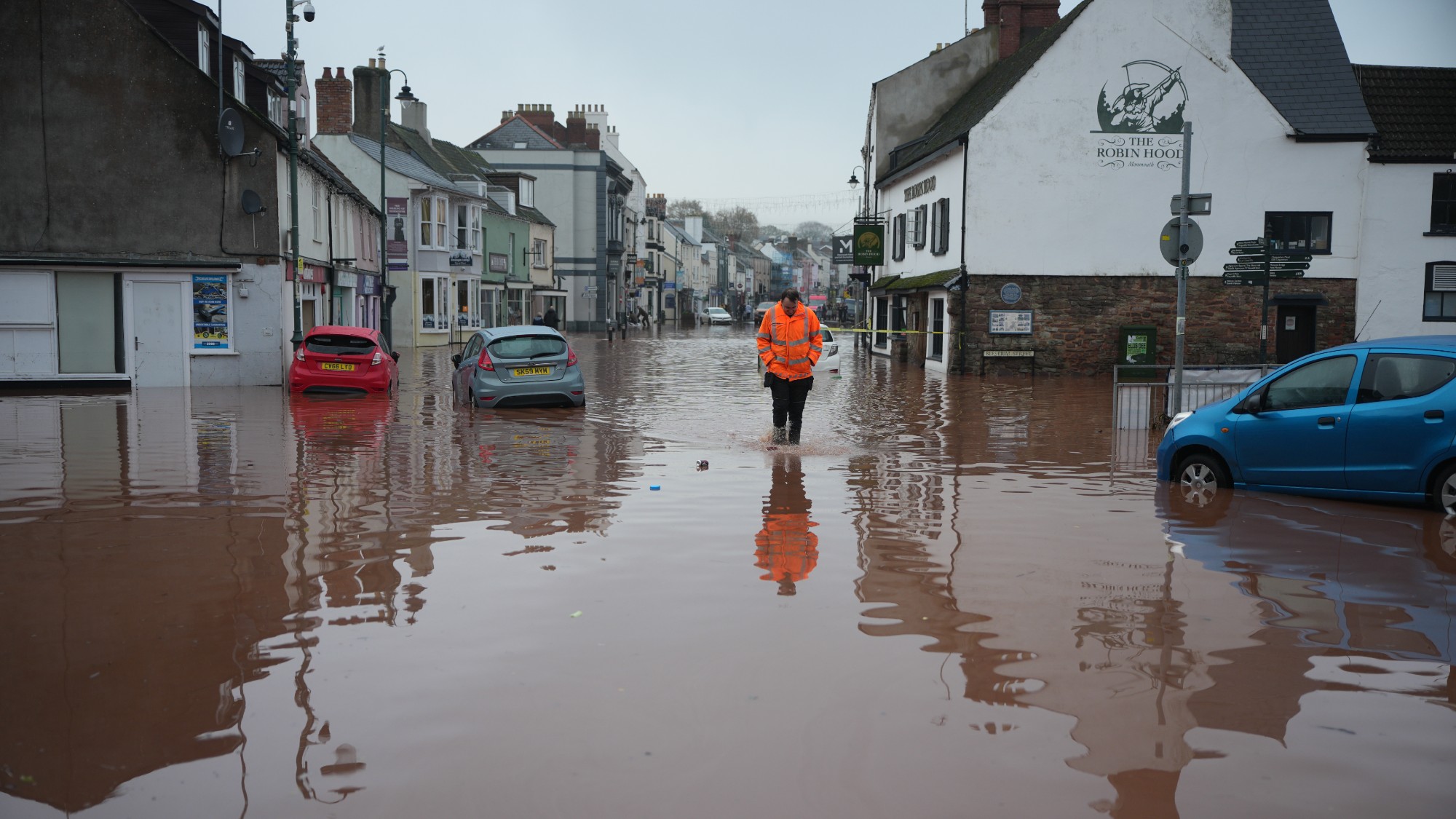 How will climate change affect the UK?
How will climate change affect the UK?The Explainer Met Office projections show the UK getting substantially warmer and wetter – with more extreme weather events
-
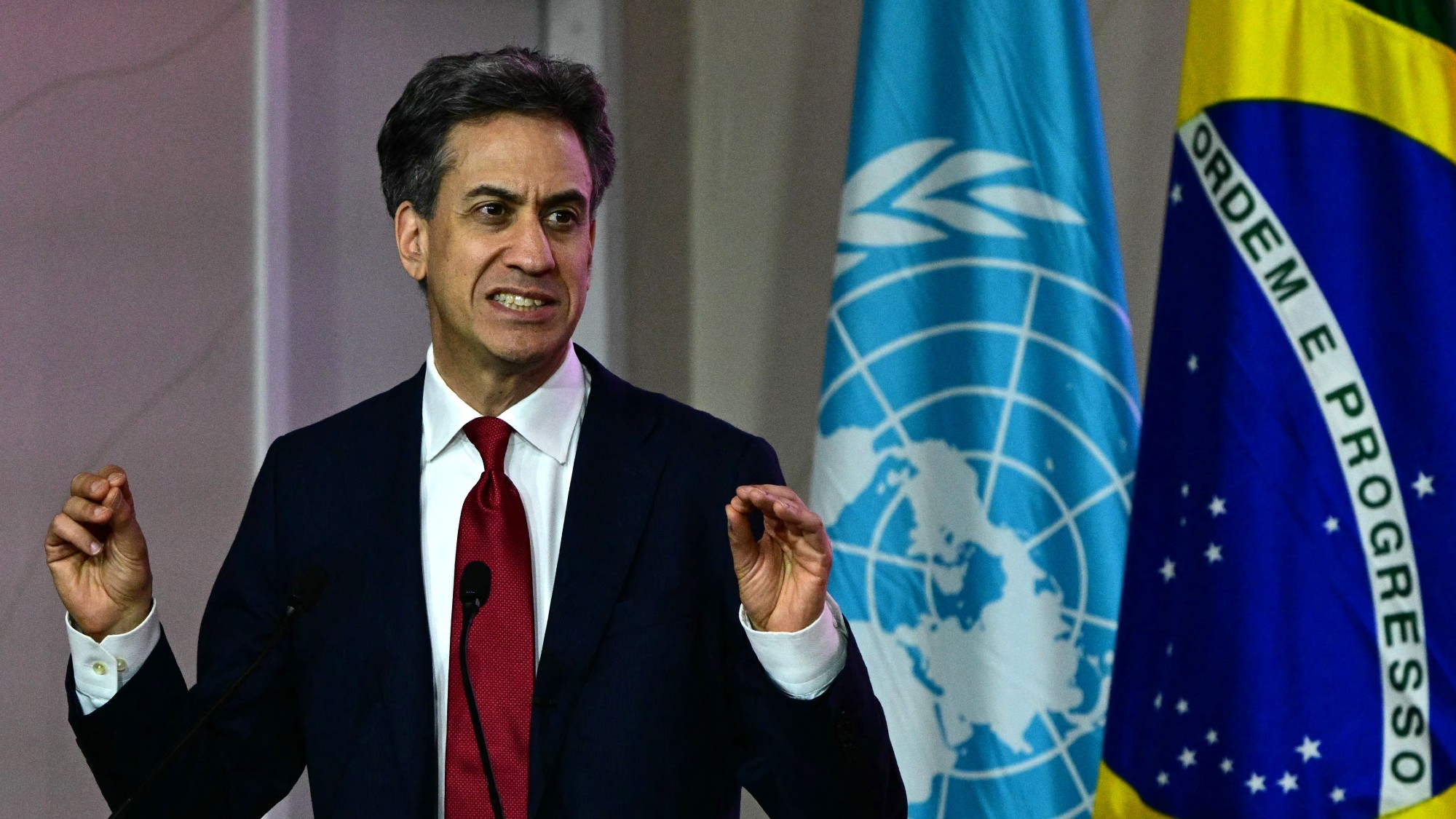 Can the UK do more on climate change?
Can the UK do more on climate change?Today's Big Question Labour has shown leadership in the face of fraying international consensus, but must show the public their green mission is ‘a net benefit, not a net cost’
-
 Did Cop30 fulfil its promise to Indigenous Brazilians?
Did Cop30 fulfil its promise to Indigenous Brazilians?Today’s Big Question Brazilian president approves 10 new protected territories, following ‘unprecedented’ Indigenous presence at conference, both as delegates and protesters